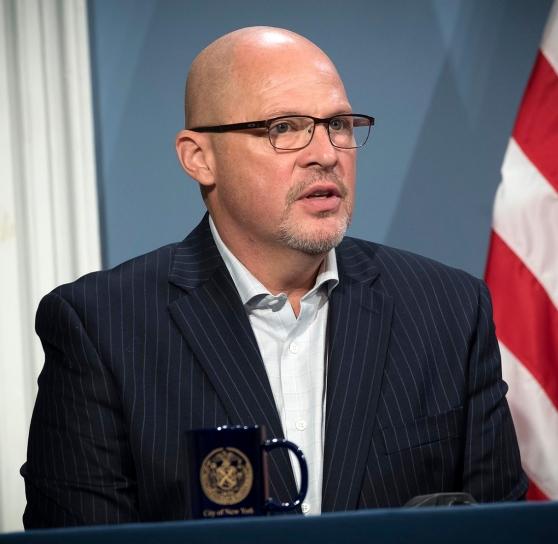One year ago, we were bracing ourselves for layoffs. The COVID-19 pandemic devastated the city’s economy, diminishing tax revenues from shuttered businesses. New York City was a ghost town. We anticipated grievous cuts in city and state education funding that would be devastating to public schools. We had a presidential administration that was hostile to unions and working people.
What a difference a year makes. The Biden administration has moved aggressively to deal with the challenges our country faces. With a third of the U.S. population partially vaccinated by early April, the end of the pandemic is in sight.
The new administration’s COVID stimulus package, the American Rescue Plan, reflects a strategy to help the economy rebound by helping working people and businesses get back on their feet — not by enriching billionaires and hoping it trickles down to everyone else. The plan provides stimulus checks, aid to renters and small business owners, and assistance to the undocumented.
It also includes $5 billion for New York City schools that will help them open for all students in the fall with the resources in every school to help students who will face new academic and socio-emotional hurdles as a consequence of this pandemic.
The president’s $2 trillion-plus infrastructure plan, which the U.S. Congress must vote on, could pay for the upgrade of our school buildings. Those funds could pay for installation of air conditioning in every school and the conversion of every school to solar power.
Albany lawmakers have come through for New York City schools in a huge way, too. Instead of cuts to education and other city services, we are finally getting the kind of funding that we have long sought to meet the needs of our students. The state budget for the fiscal year that began on April 1, 2021, provides $11.8 billion to city schools. With this money, the state will finally meet its obligations to New York City schoolchildren under the Campaign for Fiscal Equity lawsuit.
That money — a $1.3 billion increase over the previous year in state aid for city schools — is in addition to the billions of dollars of federal relief funding flowing into our schools. Lawmakers paid for this increase by enacting higher taxes on the ultrawealthy and big business. Those new taxes not only provide a regular source of revenue for the city, but they also ensure that the richest New Yorkers pay their fair share. It is something we have demanded for years.
We now have the money to tackle problems that have beset public schools for decades. With this funding windfall, we can expand summer and after-school programming, lower class sizes, open more school libraries and create an intervention team in every school — all the things our students need to recover from this pandemic and move forward into their futures.
We need sustainable investment, not one-shots that will evaporate after the money is spent. It’s why we will be lobbying for the enactment of our five-point plan [see story on page 7], which lays out what we think the city and the Department of Education’s funding priorities should be.
This new level of investment in public schools didn’t happen by accident. It’s a reminder once again that at every level — from city and state to federal — elections matter. Your voice matters. Over the past several years, whether you wrote a letter, signed a petition, attended a Lobby Day or marched in a rally, you made your voice heard for fairness and equity for our students.
When we pull together, we can shift public policy in meaningful ways. That’s our power as a union.

